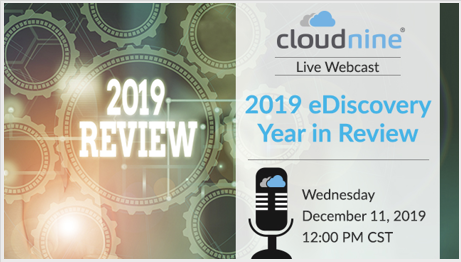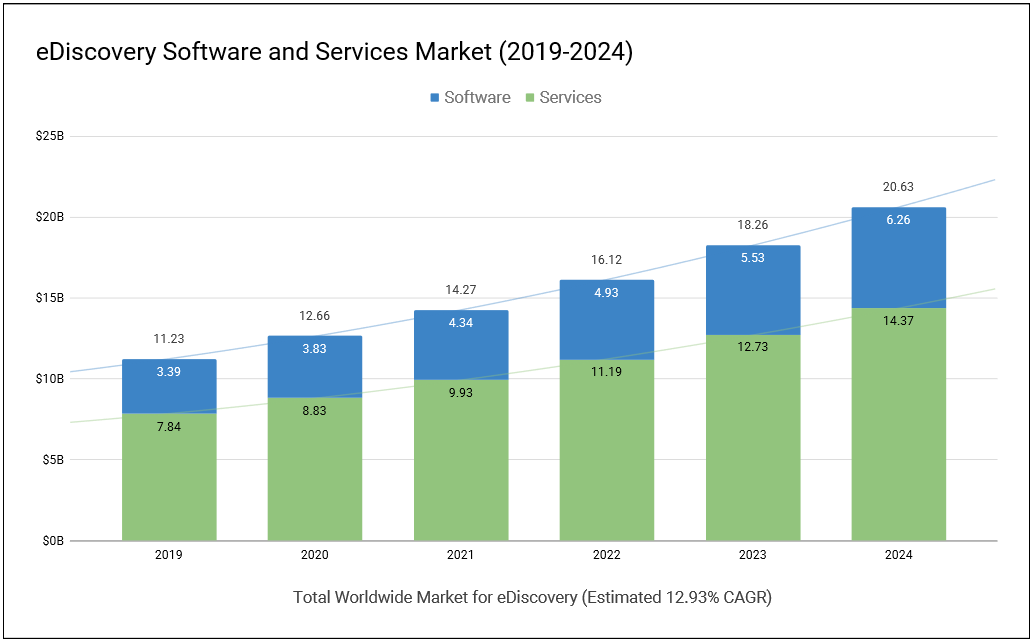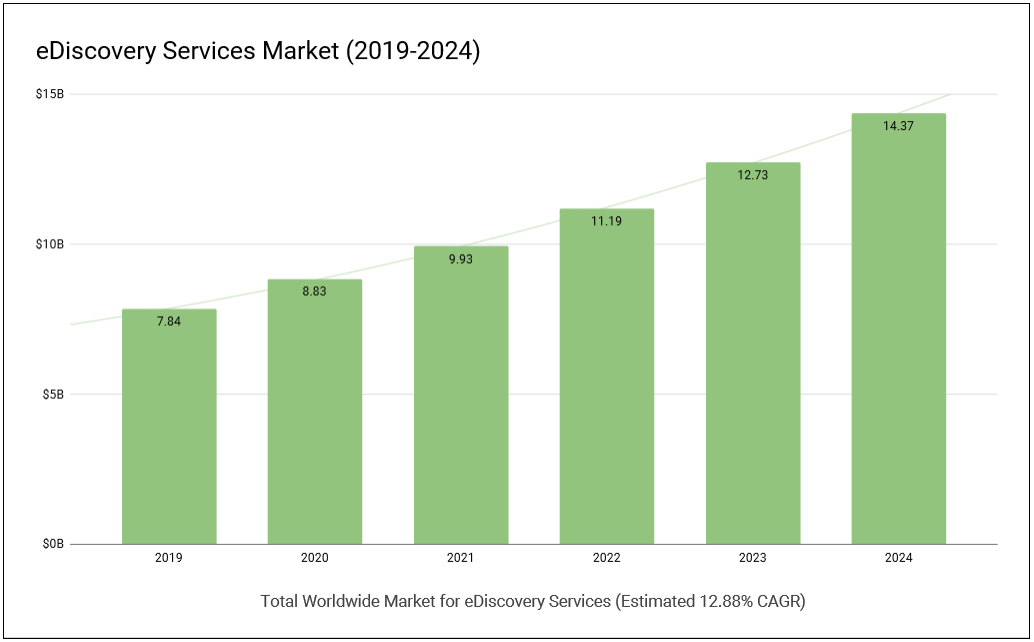Friday the 13th is Unlucky for the City of New Orleans. Almost. Maybe.: Cybersecurity Trends
In Friday’s post about Norton Rose Fulbright’s 2019 Litigation Trends Annual Survey, one of the most notable trends was that 44 percent of corporate respondents identified Cybersecurity/data privacy as the most likely new source of dispute for their business on the horizon, which was more than four times the next likely sources. Cybersecurity is also a big challenge for municipalities as we saw on Friday.
According to Forbes (New Orleans Declares State Of Emergency Following Cyber Attack, written by Davey Winder), the City of New Orleans suffered a cybersecurity attack last Friday serious enough for Mayor LaToya Cantrell to declare a state of emergency.
The attack started at 5 a.m. CST on Friday, according to the City of New Orleans’ emergency preparedness campaign, NOLA Ready, managed by the Office of Homeland Security and Emergency Preparedness. NOLA Ready tweeted that “suspicious activity was detected on the City’s network,” and as investigations progressed, “activity indicating a cybersecurity incident was detected around 11 a.m.” As a precautionary measure, the NOLA tweet confirmed, the city’s IT department gave the order for all employees to power down computers and disconnect from Wi-Fi. All city servers were also powered down, and employees told to unplug any of their devices.
During a press conference, Mayor Cantrell confirmed that this was a ransomware attack. A declaration of a state of emergency was filed with the Civil District Court in connection with the incident.
NOLA Ready said that emergency communications had not been affected. Although the “Real-Time Crime Center” had been powered down, public safety cameras were still recording, and incident footage would be available if needed. The police and fire departments continued to operate as usual, and the ability to respond to 911 calls was not impacted.
The ransomware attack that has hit New Orleans follows another that targeted the state of Louisiana in November. Louisiana school district computers were also taken offline, and a state of emergency declared, in response to a ransomware attack in July. It isn’t yet known if the two were connected. However, in August, 23 government agencies were taken offline by a cyber-attack on the State of Texas. Which suggests that U.S. municipalities are firmly in the crosshairs of ransomware threat actors.
Gee, you think? Apparently, any business is in the crosshairs these days, if they have enough money. After all, why do hackers hack, if not for the money.
So, what do you think? Does your organization have a plan if it’s hit by a ransomware attack? Please share any comments you might have or if you’d like to know more about a particular topic.

Sponsor: This blog is sponsored by CloudNine, which is a data and legal discovery technology company with proven expertise in simplifying and automating the discovery of data for audits, investigations, and litigation. Used by legal and business customers worldwide including more than 50 of the top 250 Am Law firms and many of the world’s leading corporations, CloudNine’s eDiscovery automation software and services help customers gain insight and intelligence on electronic data.
Disclaimer: The views represented herein are exclusively the views of the author, and do not necessarily represent the views held by CloudNine. eDiscovery Daily is made available by CloudNine solely for educational purposes to provide general information about general eDiscovery principles and not to provide specific legal advice applicable to any particular circumstance. eDiscovery Daily should not be used as a substitute for competent legal advice from a lawyer you have retained and who has agreed to represent you.












